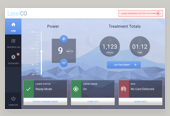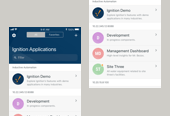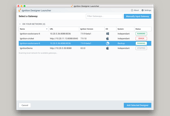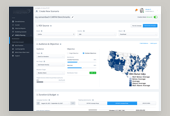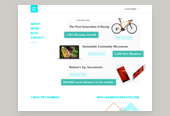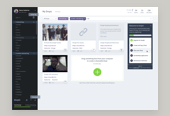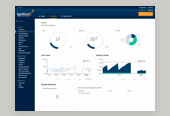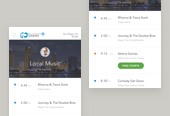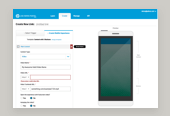Boosting conversion rates while improving the user’s experience.
During a recent project’s research phase, I spent some time exploring the use of social proof as it relates to product design. After studying the subject and using it as a tool to effectively boost conversion rates in this recent project, I’d love to share what I learned through this article. When used correctly, I’ve seen first-hand how social proof can be leveraged as a powerful tool in the hands of a product designer.
So, what is social proof?

In essence, social proof happens when people correlate their actions with the actions of their peers. It’s when someone looks to others for the validation and guidance of their own behavior.

As social beings, we subconsciously search for cues and clues in both our physical and digital worlds as to how to act in a way that “fits in” and won’t offend our social norms. Thus we are drawn to content on the internet that has had more shares or is otherwise deemed more popular by the network it resides within. Additionally, studies show that we’re most influenced to purchase products that our peers have purchased or talked about.
Social Proof in User On-Boarding
When it comes to product design, we can manifest social proof in a number of ways including user reviews, testimonials, customer quotes and stats representing the product’s usage amongst a potential user’s peers. Our design decisions happen around when and where to use these positive social cues in order to influence new users within our on-boarding flows to increase engagement.

This process can be organic and naturally occurring when, for example, a potential user asks her Twitter following about their experience(s) using your product. However, this organic flow leaves out the potentially massive impact your product’s intentional design can have to answer these questions for the user.
By being proactive and providing social proof throughout your new user on-boarding flow, you are able to control the situation, putting potential new users at ease and increasing your product’s conversion metrics.
Who’s Doing it Well?
So, who’s doing this really well right now? In my design research, I identified a few products that are currently doing an killer job of leveraging social proof in their design.
Segment
Segment’s website is littered with great examples of social proof. They lead with a strong customer experience video, positive quotes and companies who use their product. The site goes in-depth on customer use cases on their customers page, leaving no doubt as to their positive reputation.
Segment’s use of video was especially powerful, making them stand apart.

InVision
InVision takes their social proof a step further, including it throughout the on-boarding flow itself. See some examples here of positive customer quotes right alongside key product interactions, such as new account and actual content creation.
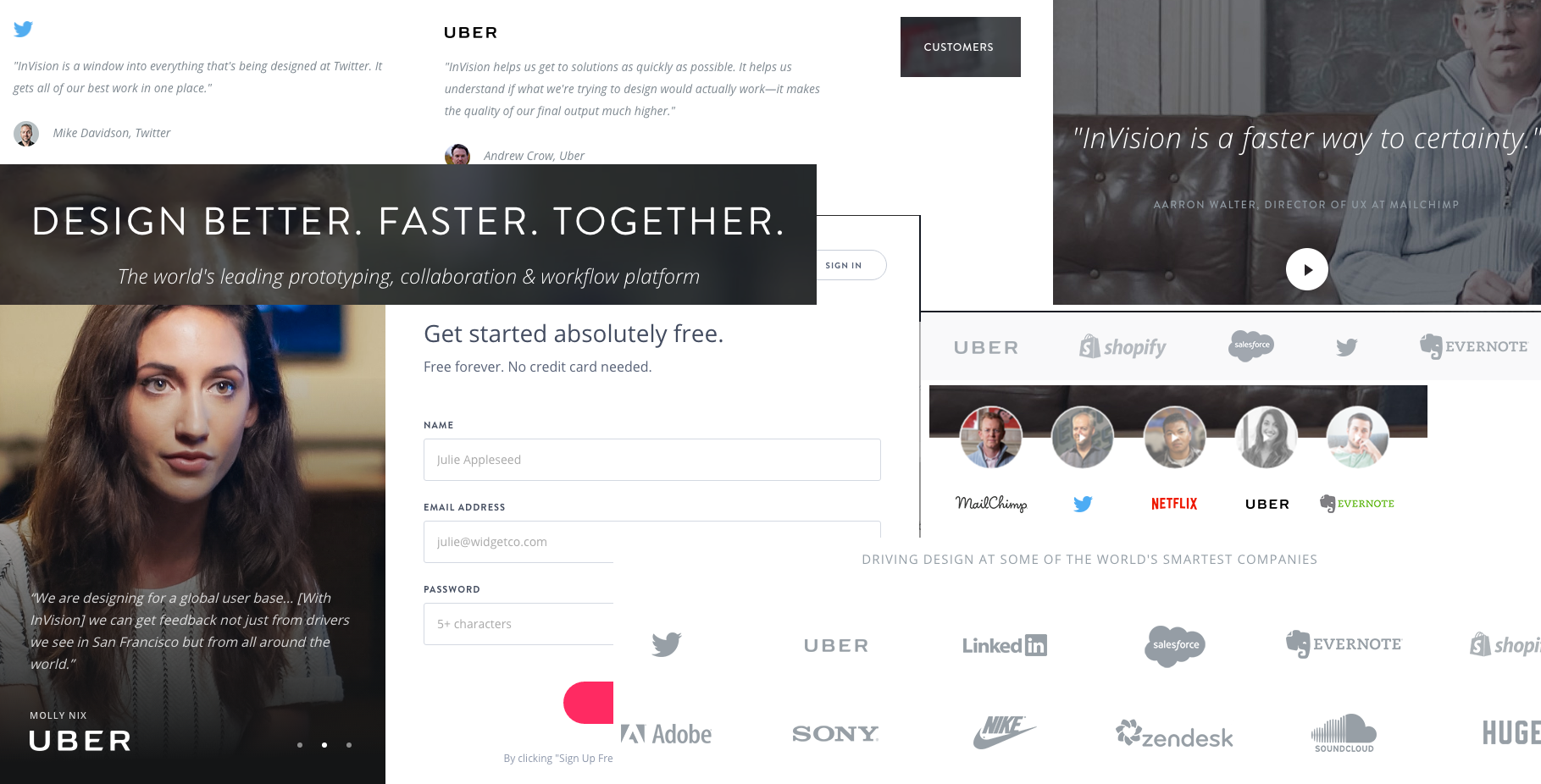
Baremetrics
Baremetric’s use of social proof also permeates the entire website and flows though to the key interaction points of the product. As you fill out the sign up form, a smiling face and positive testimonial are right next to the form, letting a potentially hesitant user know it will all be ok.

So, for an excellent return on your time invested, go forth and add some effective social proof to your product’s on-boarding flow(s). Test your hypotheses, talks with your users, and come back to these examples as inspiration during your next iteration.
Cheers!
Published by: Ray in Product Design, User Experience
